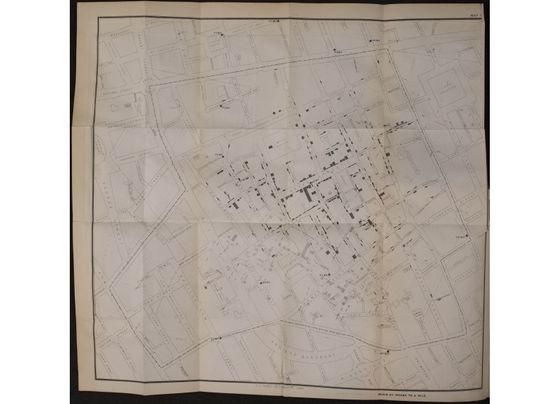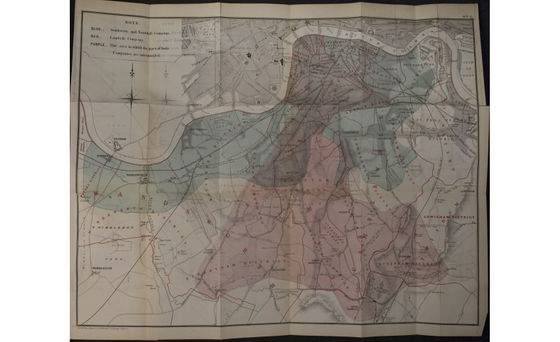How did the 'cholera' that raged in England in the 19th century end?

As of May 10, 2021, the total number of deaths due to
Mapping disease: John Snow and Cholera — Royal College of Surgeons
https://www.rcseng.ac.uk/library-and-publications/library/blog/mapping-disease-john-snow-and-cholera/
Cholera is a type of oral infection caused by Vibrio cholerae , and is characterized by its high lethality, which can lead to death in just a few hours if not treated. Cholera pandemics are said to have occurred repeatedly around the world, and it is estimated that more than 38 million people have been killed in four pandemics in India.
Today, cholera is known to spread from 'food and drink contaminated with Vibrio cholerae'. However, at the time of the 19th century, the miasma theory that 'it was infected by the gas spreading from rotten organic matter' was common, and there are records such as government statements supporting this miasma theory.
Due to this misguided theory, cholera raged four times in Britain. However, the history of cholera in Britain was changed in 1831 when John Snow , then an apprentice doctor, first encountered a cholera epidemic in the coal mine village of Killingworth.
Snow was unable to treat cholera in Killingworth, but wrote down detailed records of the names, symptoms, treatments and consequences of cholera-infected miners. This habit of 'collecting records' will be useful for later discoveries. During the third cholera epidemic in London in August 1854, Snow mapped the deaths of cholera on a map, and most of the cholera-infected people were on Broad Street (as of 2021). We find out that he was a user of a shared water pump that exists on (named Wick Street). Upon receiving Snow's news, the local council decided that the link between the infected and the shared water pump was sufficiently convincing and stopped the pump in question. It was confirmed that Snow's guess was correct, not only because of the fact that infections in the area were later greatly reduced, but also because Vibrio cholerae was found in the reservoir that was supplying water to the pump in question.

The Royal College of Surgeons in the United Kingdom is paying attention to the logic that Snow has determined that 'the shared water pump is the real cause.'
Shared water pumps were not the only source of water in London, and Snow was investigating a number of other factors besides shared water pumps. However, by comparing the outbreak of cholera with the water supply of the damaged house, Snow is a sewage company among the Lambeth Waterworks Company and the Southwark and Vauxole Waterworks Company, which operated shared water pumps in London. Only the Southwark and Vauxsol water company's shared water pump, which was pumping water from the lower Thames, contaminated by, is associated with the increase in cholera.

Snow's work not only significantly improved London's water and sewage system, but also created the first case of bringing statistical analysis to epidemiology and public health.
Snow is also widely known as one of the first physicians to study and calculate dosages for the use of diethyl ether and chloroform as surgical anesthetics. On the other hand, regarding the fact that he died of a stroke at the young age of 45, there is a theory that 'the main reason is that he often used himself as an anesthesia laboratory.'
Related Posts:
in Science, Posted by darkhorse_log







